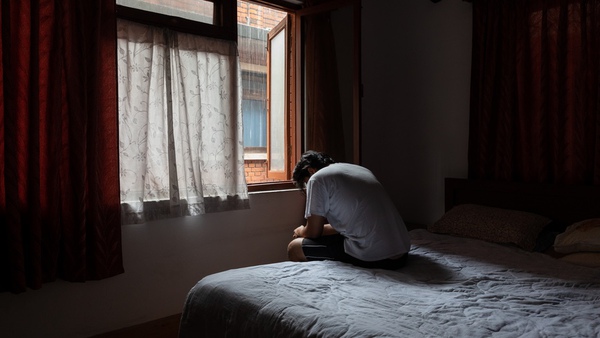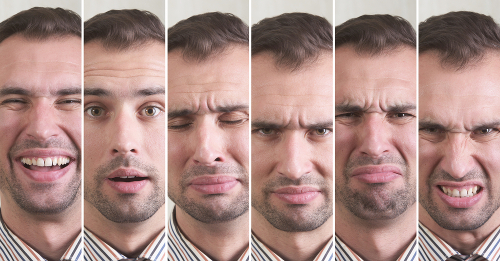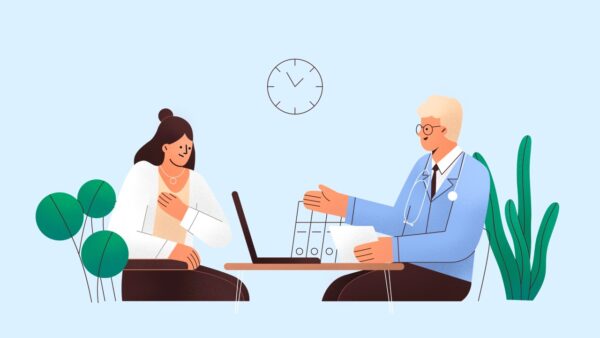
September is Suicide Prevention Month. With mental health problems soaring since the start of the pandemic, raising awareness is more essential than ever. In countries around the world, women are more likely to be diagnosed with depression and attempt suicide, but male suicide rates remain several times higher than female. According to the BBC News:
“Suicide is a hugely sensitive, complex issue with a tangled multitude of causes – and the very nature of a death by suicide means we can never fully know the reasons behind it.
Still, as mental health awareness has grown, there is greater public understanding about potential contributing factors. One of the questions that has persisted, though, regards this gender gap…
One key element is communication. It’s too simplistic to say women are willing to share their problems and men tend to bottle them up. But it is true that, for generations, many societies have encouraged men to be “strong” and not admit they’re struggling.
It often starts in childhood. ‘We tell boys that boys don’t cry,’ says Colman O’Driscoll, former executive director of operations and development at Lifeline, an Australian charity providing 24-hour crisis support and suicide prevention services. ‘We condition boys from a very young age to not express emotion, because to express emotion is to be weak.’
Mara Grunau, executive director at the Centre for Suicide Prevention in Canada, points out it’s how we talk to our children and how we encourage them to communicate about themselves too: ‘Mothers talk way more to their girl children than their boy children… and they share and identify feelings’ more, she says. ‘We almost expect women to be emotional…’
But men may be less likely to admit when they feel vulnerable, whether to themselves, friends, or a GP. They also can be more reticent than women to see a doctor. A UK British Medical Journal study found general primary care consultation rates were 32% lower in men than women. (Consultation rates for depression, assessed by whether patients received antidepressant prescriptions, were 8% lower in men than women).
‘Men seek help for mental health less often,’ Harkavy-Friedman says. ‘It’s not that men don’t have the same issues as women – but they’re a little less likely to know they have whatever stresses or mental health conditions that are putting them at greater risk for suicide…’
Dangerously, rather than seeking help through established channels, some men may attempt to ‘self-medicate’.
‘There tends to be more substance use and alcohol use among males, which may just reflect the distress they’re feeling – but we know it compounds the issue of suicide,’ says Harkavy-Friedman.
Indeed, men are nearly twice as likely as women to meet criteria for alcohol dependence. But drinking can deepen depression and increase impulsive behaviours and alcoholism is a known risk factor for suicide…
Another risk factor is a sense of isolation, as physician Thomas Joiner writes in his book Why people die by suicide. This can manifest itself in every walk of life. The outwardly successful professional who has prioritised career advancement to the detriment of all else, including social relationships, may find himself ‘at the top of the pyramid, alone,’ says Grunau…”
Sermo physicians have a lot to say on this topic, too. In a recent poll of 130+ global doctors, almost 45% said they’ve seen an increase in male patients who have had suicidal thoughts, or attempted to take their own lives. In term. Regarding which age group is most affected by mental health/suicide, 69% of physicians said men between the ages of 15 – 47.
When asked what the physicians believe is the biggest cause for mental health issues/attempting suicide among males, here’s what the doctors had to say:
- 38% said financial stress / unemployment
- 31% said social isolation / loneliness
- 9% said conflict with family / divorce
- 7% said physical discomfort / illness
- 7% said bullying / physical / sexual abuse
- 1% said death of a family member
When asked what the doctors believe is most effective in helping prevent suicide among men, here’s how the doctors responded:
- 29% said watching for signs of depression and offering support.
- 25% said making mental health support more available.
- 19% said reducing the stigma of mental health issues.
- 16% said teaching men coping and problem-solving skills.
- 9% said reducing concepts of toxic masculinity.
Here’s more of what Sermo physicians have to say on suicide—in their own words:
There has been an increase in depression in the context of COVID 19.
Psychiatry, Spain
In this time of pandemic, social distancing has unfortunately increased suicide cases.
Pediatrics, Venezuela
In my professional experience, I have seen that men think less about suicide than women but execute it more. That is, almost always when he thinks about it, he does.
It is more difficult for men to cope with economic setbacks and this is related to their role as provider in the home.
Family Medicine, Venezuela
This is a social problem. Prevention exists, but it is a task for politicians, not for psychiatry and psychology.
General Practice, Poland
Everyday thousands of Sermo member physicians from diverse backgrounds and experiences exchange knowledge with each other. Sermo is the original medical social network that empowers today’s physicians. Over 1 million fully verified physicians across more than 150 countries come to our platform to talk with peers, participate in paid medical studies, solve challenging patient cases, contribute to the world’s largest database of drug ratings – and enjoy a few laughs along the way.
Interested in more? Check back any time and follow us on Facebook, Twitter, and LinkedIn for the latest and greatest in physician insights.














